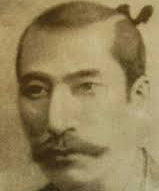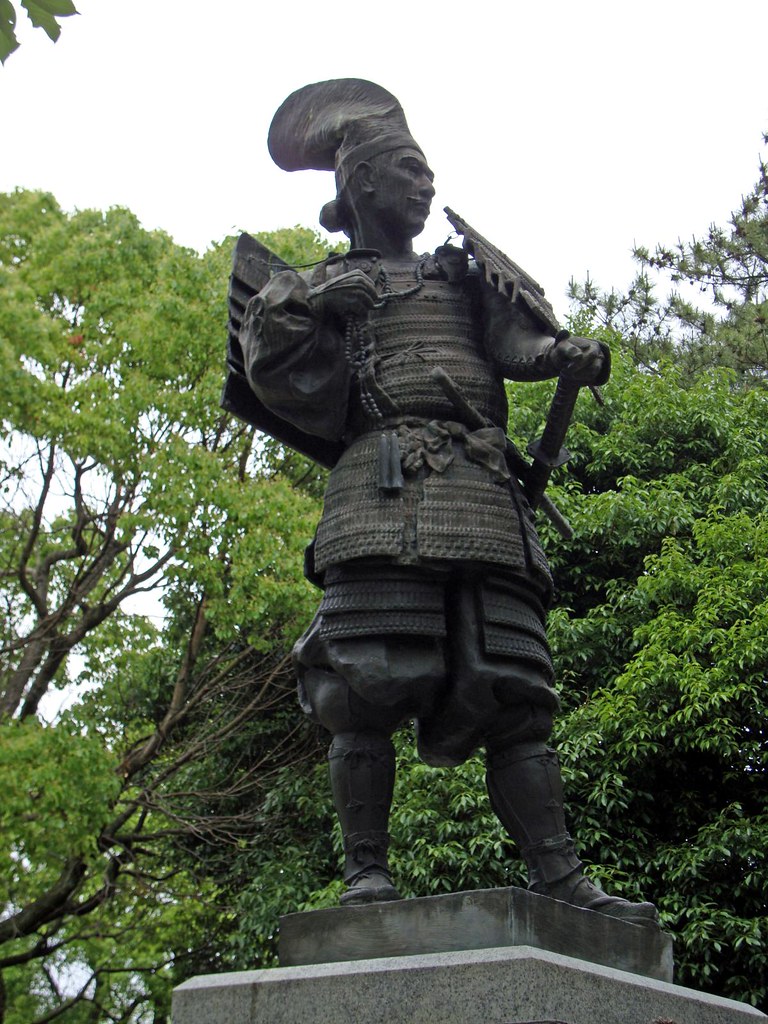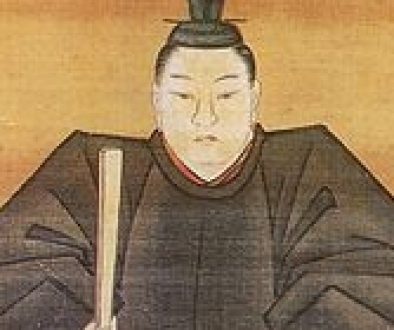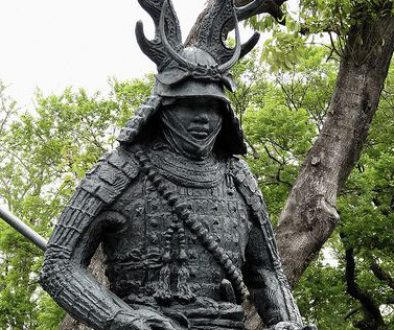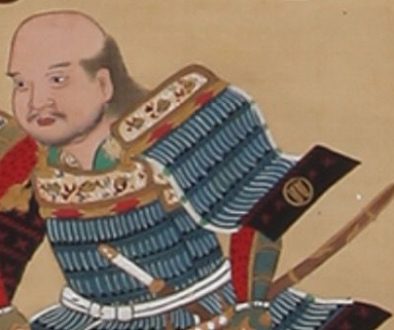Oda Nobunaga
Oda Nobunaga was a 16th-century samurai who is revered for his contributions to the unification of Japan.
Nobunaga was born in 1534 in one of the most powerful clans of samurai, the Oda clan. His father, Oda Nobuhide, had served under two shoguns (rulers) before he died when Nobunaga was 13 years old. The death of the father meant that the young Nobunaga would take on responsibility for his clan, and he did so with great success.

Nobunaga was best known for his military intelligence; he quickly grasped how feudal Japan worked and used this knowledge to rise to power. His army soon became one of the strongest in all of Japan when he began uniting smaller clans under his leadership.
Oda Nobunaga – Background and Rise to Power
Nobunaga’s life was full of twists and turns. He rose to power in the late 15th century and took advantage of a chaotic period in Japan, which was rife with civil wars.
He became one of the country’s most powerful warlords and unified Japan by conquering Feudal Japan’s other clans and kingdoms.
Nobunaga’s military victories and efficient administrative skills helped bring stability to the country, but he is most remembered for his brutal treatment of those who opposed him.
War with Imagawa – Battle of Okehazama
Imagawa wanted to attack Kyoto but was constantly being interrupted by Oda Nobunaga. He eventually got the upper hand when he went for a sneak attack on Okehazama.
Okehazama is a town in the Aichi Prefecture of Japan. It’s famous for being the location of the Battle of Okehazama, which was one of Japan’s most significant battles in history. It would be impossible to cover all aspects of this battle in just one paragraph, so we will focus on this battle’s importance and its impact on future battles.
This battle was important because it gave Imagawa control over Eastern Japan and it helped him become one of Tokugawa Ieyasu’s main opponents for nearly 20 years after the event.
Battle of Nagashino – The Invention of Gunpowder
With the introduction of handguns and cannons, guns were no longer just primitive machines that used black powder to shoot projectiles.
The Battle of Nagashino was fought in Japan on June 25, 1575, between samurai forces led by Oda Nobunaga and Tokugawa Ieyasu (the future Shogun) against forces led by Asakura Yoshikage. The samurai armies had been weakened after the Battle of Anegawa in 1570. They attempted to refurbish their forces at Nagashino village; however, they were soon surrounded by 30,000 troops commanded by Nobunaga’s lieutenant Imagawa Yoshimoto.
Tales of the Ninja Clan under Oda Nobunaga
The Ninjas were an integral part of Oda Nobunaga’s success. The clan was very skilled in espionage and sabotage. They worked as intelligence agents, bodyguards, intelligence officers, and assassins.
The Ninja Clan was founded by Hattori Hanzo who served Oda Nobunaga for many years before his death in 1591.

Oda’s Biography and His Seven Tips on Leadership Success
Oda Nobunaga was a powerful and dynamic military commander in the 16th century. He created a centralized government for Japan and led an era of rapid innovation and culture that has been called “the era of Oda.”
Many people know about Oda Nobunaga as the unifier of Japan, but few know about his leadership style. His lessons on leadership success can be divided into seven points:

– Never try to do everything yourself
– Know what you want and don’t waste your time
– Don’t be scared to take risks
– Be generous with those who are loyal to you
– Be fair with those who serve you well
– Reward good work with promotions, not higher paychecks
– Stay humble when successful or it will come back
Nobunaga’s Legacy and Fall from Power
Nobunaga’s legacy and fall from power is an interesting story about a man who rose to power and then fell.
Nobunaga has often been called the greatest of the unifiers of Japan. He was an impressive man, a dictator in many ways but he also had moderation in his approach that set him apart from other warlords.
The Last Years of Oda Nobunaga
During the last years of his life, Oda Nobunaga was faced with an ever-increasing number of enemies. He had to fight against the Western Army with their Christian religion and against Ishida Mitsunari who had turned traitor. He was also facing the Eastern Army that was led by Tokugawa Ieyasu, one of his former generals.
Nobunaga’s future seemed bleak, but he never gave up hope. Even when he was on his deathbed, he planned his moves and moves of his family members to keep control over the country until there were no more heirs alive.
